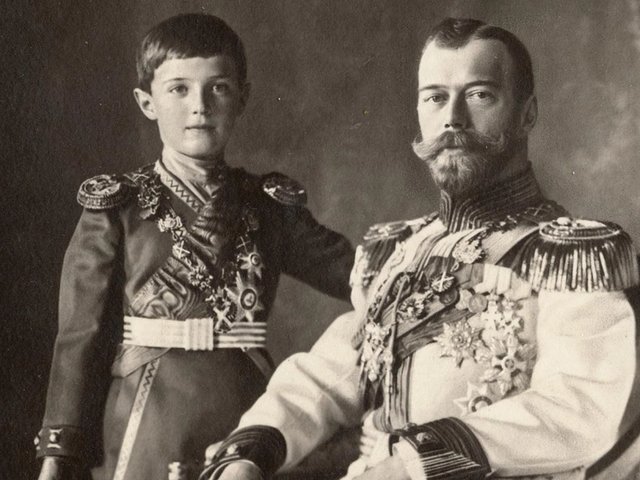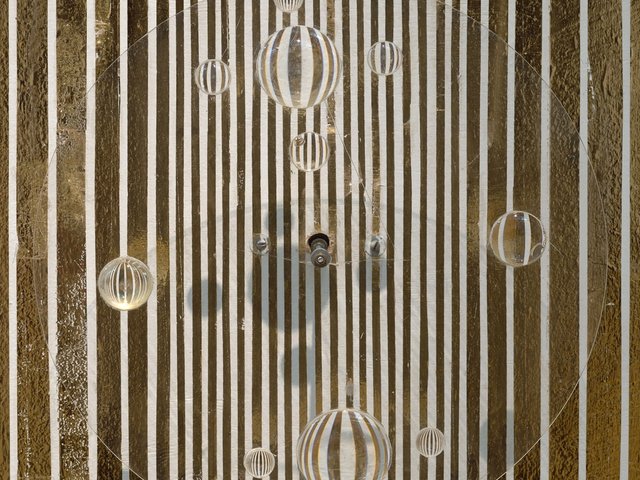An exhibition of early 20th-century Russian art due to open at the Royal Academy of Arts in London next year (Revolution: Russian Art 1917-32, 11 February-17 April 2017) will include more than 30 paintings and abstract plaster blocks, or architectons, by the Modernist pioneer, Kazimir Malevich. All of the works were first seen together in a landmark exhibition in 1932 held at the State Russian Museum in Leningrad, now St Petersburg.
The 1932 exhibition, Artists of the Russian Federation over 15 Years, was organised by the art critic Nikolai Punin who displayed works by major artists of the post-revolutionary period such as Pavel Filonov and Vladimir Tatlin at the State Russian Museum. Malevich’s works, including the painting Peasants (1930), “will be seen together for the first time since 1932 in an exact reconstruction of the original hang designed by the artist for the Leningrad exhibition”, a press statement says.
Natalia Murray, a lecturer in Russian art at the Courtauld Institute in London, is the exhibition co-curator. “The 1932 exhibition was the most significant showcase of all the artistic movements which developed in the 15 years after the October 1917 Revolution,” she says. It was organised by Punin in only six months.
“Originally it was supposed to be in Moscow but they did not have a big enough gallery to house it; [it was shown] in 100 rooms of the Russian Museum in Leningrad, and included almost 2,000 works of art,” she says. Punin was later arrested and narrowly survived Stalin’s purges of Soviet Russia.
Punin’s exhibition is the starting point for the Royal Academy show, which is due to include loans from the State Russian Museum and the State Tretyakov Gallery in Moscow. “I was very keen to organise [the 1932 show] at the Royal Academy in order to achieve this powerful contrast of the classic interiors and Soviet art. Together with the [RA] curator Ann Dumas, we started working on this major exhibition that aims to include not only avant-garde [figures] but artists from different movements that developed in Russia at the time.”
Sections will be arranged around themes such as Salute the Leader, which examines Lenin’s cult status, and Stalin’s Utopia, an exploration of the dictator’s public projects. Key works include Marc Chagall’s Promenade (1917-18) and Wassily Kandinsky’s Blue Crest (1917).
Meanwhile, another show commemorating the October Revolution is due to open at London’s Tate Modern late next year. Red Star Over Russia (8 November 2017-18 February 2018) will explore how Russian and Soviet artists “created a unique visual identity over five decades, from the first Revolution of 1905 to the death of Stalin in 1953”. Works by El Lissitzky and Nina Vatolina drawn from the collection of the late graphic designer David King will be included.





